Eliminate Fly Infestation Today with ORIGIN - Premier Flies Control Company in Singapore!
Flies Control Singapore
Shoo, Fly, Don't Bother Me
From buzzing around food, landing on waste, and perching on home surfaces, a fly infestation is a global and persistent nuisance in outdoor and indoor environments. These troublesome winged pests can become a source of significant health and hygiene concerns. They are infamous carriers of bacteria and pathogens that spread diseases like E. coli, salmonella, and several types of food poisoning. Furthermore, their ability to reproduce rapidly makes fly control in Singapore essential.
Why do I have a fly infestation?
Fly infestation is primarily linked to environmental conditions favourable to their survival and breeding. Only fly pest control can eradicate the infestation if your premises provides a breeding site with organic matter like garbage or food residue. Additionally, poor sanitation practices like leaving the waste bins open, not disposing of the trash properly, and not wiping down surfaces contribute to the fly infestation. ORIGIN Exterminators is a trusted brand for fly control in Singapore and can address all the factors that give rise to flies.
Signs of Fly Infestation
- Presence of visible flying insects around the premises.
- There could be potential breeding source if you spot maggots around
- Clusters of flies hovering at certain spots, for instance, garbage bins
- Check for larvae breeding at hot spots, i.e. drainage, grease or gully traps, drains
Prevention Tips
- Keep doors and windows closed whenever possible.
- Do not leave food debris or liquid spillage on the dining table, under kitchen appliances or units.
- Keep the food items covered to until you're ready to eat it.
- Ensure all dust bins (external, internal, dry, or wet) have tightly sealed lids.
- Keep drains clean and clear of debris
- Clean up after your pets since their faeces provide an ideal breeding ground for flies, which may land there before landing on your food!
Why choose ORIGIN for flies control in Singapore
Flies are not just a buzzing nuisance; they are a major health concern too. Their feeding habits on both waste and human food make them vectors for contamination. If you have spotted any signs of fly infestation and are tired of trying all the DIY hacks to control them, you need efficient fly pest control services.
At ORIGIN Exterminators, we provide the best solutions for flies control in Singapore by offering professional treatment of fly breeding sites and ensuring long-term control. Schedule a free consultation call to learn more about these methods.

Fly Treatment Methods
At ORIGIN, our flies control methods can quickly reduce the number of flies in the area and eliminate infestations. We offer several treatment options based on the severity of your fly problem, considering the safety of your family and pets.
Granular Baiting
Carton bait boxes are strategically placed around sinks, bins, and cabinets to attract and kill flies. The bait, made of food attractants mixed with a small amount of insecticide, is scattered in identified feeding spots, effectively reducing fly populations.
Residual Spraying
This method involves applying a solution that remains active for an extended period, ensuring effective fly control by killing flies that come into contact with treated surfaces. Our non-toxic solutions ensure the safety of your family and pets while effectively managing fly infestations.
Insect Light Traps
Conventional ILTs use ultraviolet light to attract flies. As they fly towards the light, they come into contact with a sticky board and get trapped. In addition to industrial and aesthetic ILTs, ORIGIN offers an ILT that uses patented technology to manipulate UV LED fluorescence, attracting flies more efficiently towards the light.
External Misting
Misting treatments involve the release of a powerful pesticide solution onto landscaping and potential breeding areas, penetrating hard-to-reach places and killing flies in its path. Misting is a safe and eco-friendly alternative to thermal fogging, providing comprehensive fly control.
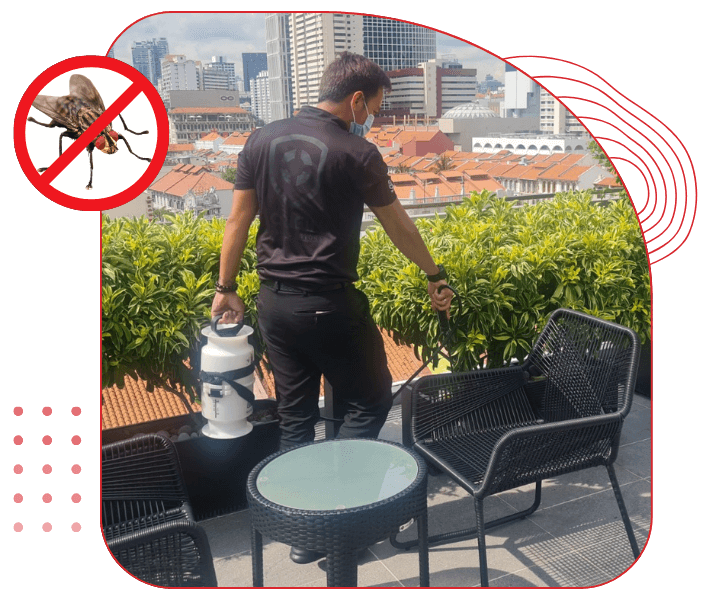
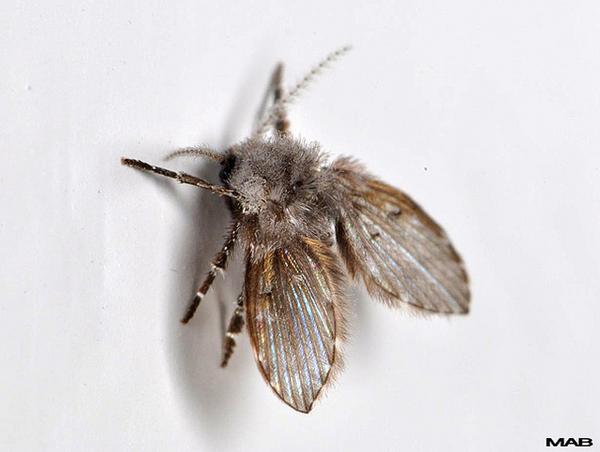
BIOLOGY
gray or black in colour
3mm to 4mm in length
BIOLOGY
lifespan: 1 to 2 weeks
larvae to adults: 2-3 weeks
BEHAVIOUR
Attracted to light and may fly around windows or light fixtures.
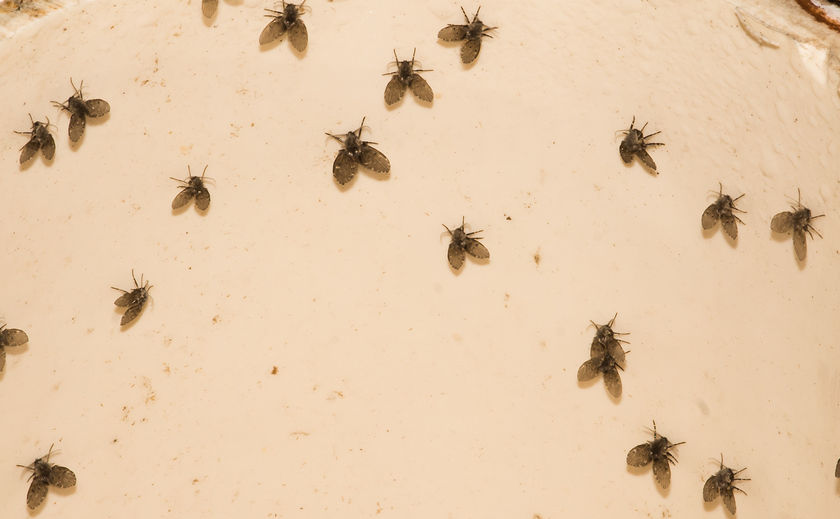
BREEDING
Drain flies are attracted to moist environments with organic matter like drains, sewers and rubbish bins.
FEEDING
Larvae feed on organic matter like sewage or bacteria in drains.
IDENTIFY
The Drain Fly has a hairy, moth-like appearance. Its wings are covered in scales and held over the body like a tent when at rest.
ENVIRONMENT
Their presence indicate that conditions are unsanitary.
-2.png)
INSPECTION
Our specialists are trained to identify breeding and refuge sites to pinpoint drain fly hot spots. They also consider structural issues, housekeeping practices, and the surrounding environment.
.png)
GRANULAR BAITING
Usually made of food attractants, the bait is mixed with a small amount of insecticide and scattered in identified feeding spots.
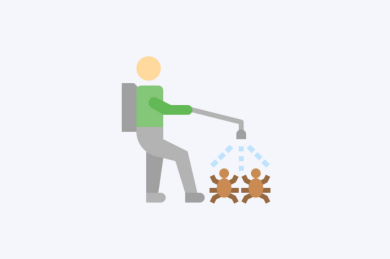
RESIDUAL SPRAYING
This method applies a solution that remains active for a period of time, ensuring effective flies control by killing any flies that come into contact with the treated surface.

INSECT LIGHT TRAP
Without the use of harmful chemicals, this device works by using UV light to lure flies where they get trapped on the glue boards.

PROFESSIONAL ADVICE
Based on our inspection of your premises and the contribution factors that may be involved, our technician will offer advice on how to prevent a future fly infestation.

SERVICE REPORT
After the service is done, a digital report will be emailed to you. This report contains photos of the problematic spots and the treatment done, along with suggestions specific to your site.
%20(1).png)
BIOLOGY
yellowish-tan body that may have black stripes or spots.
2mm to 4mm in length
BIOLOGY
life cycle: 7-14 days
larvae to pupae: 5-6 days
Pupae to adult: 8-10 days
BEHAVIOUR
Fruit Flies are attracted to food sources and fly in large numbers around fruit bowls, rubbish or areas where there is organic matter.
BREEDING
The females lays up to 500 eggs in their lifetime.
FEEDING
Fruit Flies feed on fermenting or decaying fruit and vegetables, as well as sugary or alcoholic substances.
IDENTIFY
The most distinct feature of the Fruit Fly is its red eyes.
PREVENT
Clean up or remove food scraps or beverage spills immediately to maintain sanitary conditions, especially at food preparation and service spaces.
-2.png)
INSPECTION
Our experts are skilled in detecting breeding and refuge areas to locate fruit fly hot spots. They also take into consideration structural issues, housekeeping practices as well as surrounding environments.
.png)
GRANULAR BAITING
Usually made of food attractants, the bait is mixed with a small amount of insecticide and scattered in identified feeding spots.

RESIDUAL SPRAYING
This method applies a solution that remains active for a period of time, killing any flies that comes into contact with the treated surface. Residual spraying is an effective fly removal procedure.

INSECT LIGHT TRAP
Without the use of harmful chemicals, this device works by using UV light to lure flies where they get trapped on the glue boards.

PROFESSIONAL ADVICE
Based on our inspection of your premises and the contribution factors that may be involved, our technician will offer advice on how to keep flies away.

SERVICE REPORT
Based on our inspection of your premises and the contributing factors that may be involved, our technician will give advice on fly control.
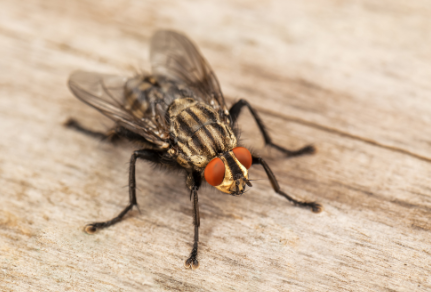
BIOLOGY
Greyish-black in colour
Four black stripes on thorax
6mm to 7mm in length
BIOLOGY
life cycle: 7-10 days
larvae to pupae: 5-6 days
Pupae to adult: 3-4 days
BEHAVIOUR
House flies are attracted to a variety of organic matter including food waste, animal faeces, and rubbish.
BREEDING
The females lays up to 150 eggs in their lifetime.
FEEDING
House Flies breed quickly and reproduce in large numbers that easily lead to infestations.
%20-%202022-12-29T154617%20(1).png)
IDENTIFY
The most distinct feature of the House Fly is its 2 large compound eyes.
MOVEMENT
House flies have wings and can fly short distances but tend to stay close to their food source.
-2.png)
INSPECTION
Our pest control specialists are trained to identify breeding and refuge areas to pinpoint hot spots for house flies. They also take into consideration structural issues, housekeeping practices as well as surrounding environments.
.png)
GRANULAR BAITING
Usually made of food attractants, the bait is mixed with a small amount of insecticide and scattered in identified feeding spots.

RESIDUAL SPRAYING
This method applies a solution that remains active for a period of time, ensuring effective flies control by killing any flies that come into contact with the treated surface.

INSECT LIGHT TRAP
Without the use of harmful chemicals, this device works by using UV light to lure flies where they get trapped on the glue boards.

PROFESSIONAL ADVICE
Based on our inspection of your premises and the contribution factors that may be involved, our technician will offer advice on how to prevent a future fly infestation.

SERVICE REPORT
After the service is done, a digital report will be emailed to you. This report contains photos of the problematic spots and the treatment done, along with suggestions specific to your site.
BIOLOGY
black or brown in colour
2mm to 4mm in length
BIOLOGY
life cycle: 3-4 weeks
larvae to pupae: 2-3 weeks
Pupae to adult: 1-2 weeks
BEHAVIOUR
Phorid Flies are attracted to a variety of organic matter for example decaying plant material, animal carcasses and rubbish.
%20-%202022-12-29T160743.270-1.png)
BREEDING
The females lays up to 100 eggs in their lifetime.
.png)
FEEDING
Phorid Flies breed rapidly and become nuisance indoors.
%20-%202022-12-29T161016%20(1).png)
IDENTIFY
Phorid Flies are recognized by their humpbacked appearance.
%20-%202022-12-29T160956.055%20(1).png)
MOVEMENT
They are known for their “scuttle” behaviour where they run along surfaces instead of fly.
-2.png)
INSPECTION
Our exterminators undergo training to spot breeding and hiding spots, pinpointing hot spots for Phorid Flies. They also take into consideration structural issues, housekeeping practices as well as surrounding environments.
.png)
GRANULAR BAITING
Usually made of food attractants, the bait is mixed with a small amount of insecticide and scattered in identified feeding spots.

RESIDUAL SPRAYING
This method applies a solution that remains active for a period of time, ensuring effective fly control that comes into contact with the treated surface.

INSECT LIGHT TRAP
Without the use of harmful chemicals, this device works by using UV light to lure flies where they get trapped on the glue boards.

PROFESSIONAL ADVICE
Based on our inspection of your premises and the contribution factors that may be involved, our experts will offer advice on how to prevent a future fly infestation.

SERVICE REPORT
After the service is done, a digital report will be emailed to you. This report contains photos of the problematic spots and the treatment done, along with suggestions specific to your site.
GET IN TOUCH
General enquiries and contract-related matters
SALES@ORIGIN.COM.SG
Questions about your pest management program
QA@ORIGIN.COM.SG
Concerns with service standards and appointments
OPERATIONS@ORIGIN.COM.SG
Resources
Insights & Updates
ORIGIN Pest Control Blog: Expert Insights & Tips.
Discover expert insights and helpful tips on pest control from ORIGIN's trusted professionals.
WHAT CAN WE DO FOR YOU?
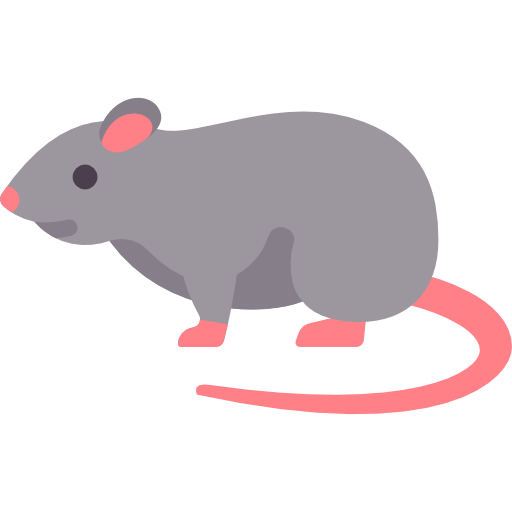
Effective solutions to eradicate disease-carrying rodents and prevent reinfestation.
.png?width=512&height=512&name=pasted%20image%200%20(13).png)
Advanced mosquito control services like 3+1 and others targeting dengue vectors and breeding sites
.png?width=512&height=512&name=Untitled%20(3).png)

.png?width=512&height=512&name=pasted%20image%200%20(11).png)
.png?width=512&height=512&name=Untitled%20(4).png)
.png?width=512&height=512&name=Untitled%20(5).png)

.png?width=512&height=512&name=pasted%20image%200%20(12).png)
